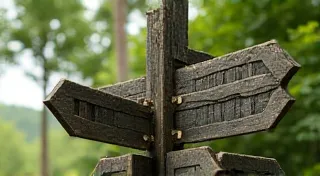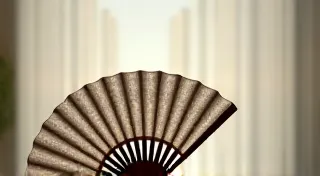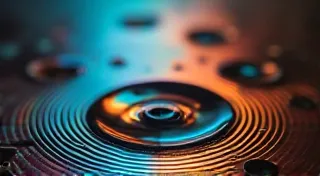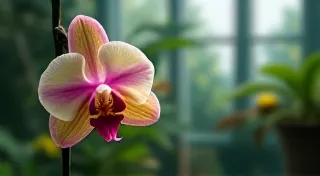Echoes of Elegance: The Aesthetic Impact of Art Deco Feet on 1920s Fashion
There’s a quiet beauty to antique sewing machine feet. Not just in their intricate metalwork, but in the whisper of history they carry. Each tiny foot, a testament to a time when craftsmanship was paramount and fashion was evolving at a thrilling pace. For me, holding a vintage foot isn't just about examining a small piece of metal; it’s about connecting to the hands that created it, the clothes it helped shape, and the spirit of an era that continues to captivate us.
Today, we’re going to delve into a particularly fascinating period: the Art Deco era of the 1920s and early 1930s. This wasn’t just a time of flapper dresses and jazz music; it was a period of profound aesthetic change, and these diminutive sewing machine feet played a subtle, yet vital, role in the dramatic shift in fashion.
The Rise of Art Deco and the Sewing Machine’s Role
The Art Deco movement, born from the ashes of World War I, rejected the fussy, ornate styles of the Victorian era. It embraced modernity – streamlining, geometric shapes, and a celebration of industrial progress. Think Chrysler buildings, streamlined locomotives, and luxurious ocean liners. But how did this influence the humble sewing machine foot? The answer lies in the growing demand for mass-produced clothing. Ready-to-wear fashion was booming, and sewing machine manufacturers needed to produce feet that were not only functional, but also reflected the sleek, sophisticated aesthetic of the times.
Previously, sewing machines and their accessories were largely utilitarian, almost invisible in the process of garment creation. But the Art Deco era saw a new emphasis on design – even for the smallest components. Manufacturers began to incorporate decorative elements into their feet – stylized floral motifs, stepped patterns echoing ziggurats, and even miniature representations of architectural details. These weren't frivolous additions; they were a way to signal quality and a commitment to modernity.
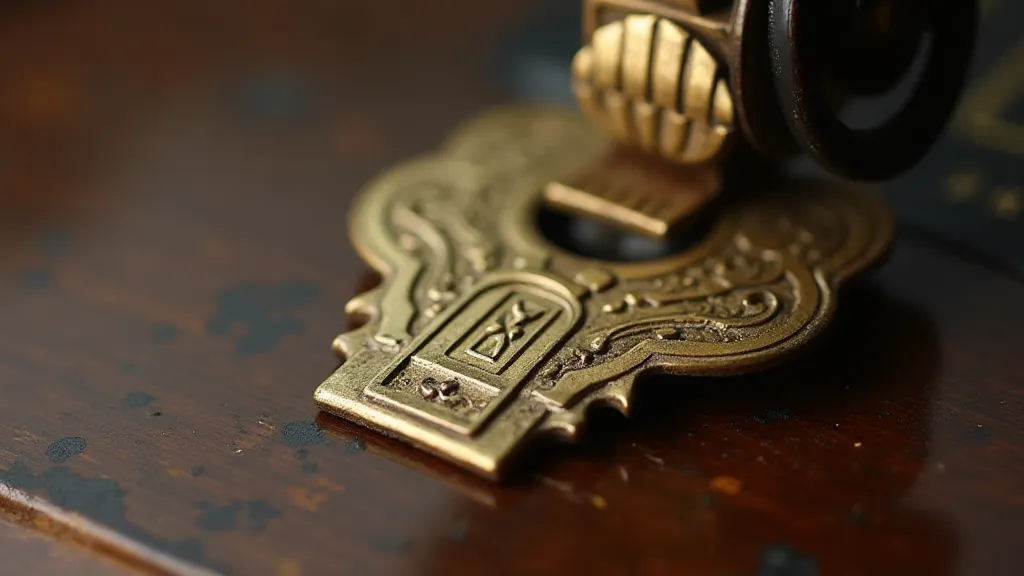
Distinctive Features of Art Deco Feet
Identifying Art Deco sewing machine feet requires a keen eye and a little understanding of the stylistic trends of the time. While subtle, the differences from earlier styles are significant. Here are some key features to look for:
- Geometric Patterns: Expect to see stepped designs, zigzags, chevrons, and repeating geometric shapes. These patterns were heavily influenced by ancient Egyptian and Mayan art, which were experiencing a resurgence in popularity during the Art Deco period.
- Streamlined Shapes: Gone are the bulky, rounded forms of earlier feet. Art Deco feet tend to be sleeker, more streamlined, with a sense of forward motion.
- Material & Finish: While iron was still common, brass became increasingly popular due to its ability to be polished to a high shine, reflecting the era’s emphasis on luxury. Nickel plating was also used to create a bright, modern look.
- Floral Motifs: Stylized floral designs, often simplified and geometric, are frequently seen. Think lily pads, abstracted roses, or stylized leaves. These aren’t the realistic floral depictions of the Victorian era; they're refined, almost architectural in their execution.
- Small Details: Manufacturers often incorporated tiny, almost imperceptible details – a small raised bead, a subtly engraved line, a miniature representation of a factory or building. These details speak to the pride in craftsmanship.
I recall discovering a small, unassuming box of vintage sewing supplies at an estate sale a few years ago. Amidst the spools of thread and tangled bobbins, I found a collection of Art Deco presser feet. The way the light caught the polished brass, the delicate curves and stepped patterns... it was breathtaking. It felt like uncovering a lost treasure, a tangible link to a bygone era.
Beyond Functionality: The Aesthetic Contribution
These feet weren't just about making clothes; they were about creating an aesthetic experience. The rise of ready-to-wear fashion demanded not only affordability and accessibility, but also style. The beautifully designed sewing machine feet helped to elevate the perception of mass-produced clothing, contributing to the overall image of modernity and sophistication.
Consider the iconic flapper dresses of the 1920s – the dropped waists, the shimmering beads, the loose, flowing silhouettes. While the designs themselves were revolutionary, the precision and quality of the finished garment were crucial to their success. These Art Deco sewing machine feet, used to create intricate hems, delicate seams, and precise appliqués, were an integral part of that process. They were silent partners in the creation of an aesthetic revolution.
The influence extended beyond just the garments themselves. The elegant lines and streamlined designs of the feet themselves often mirrored the broader aesthetic of the era, appearing in advertising and promotional materials, further reinforcing the image of modernity and progress.
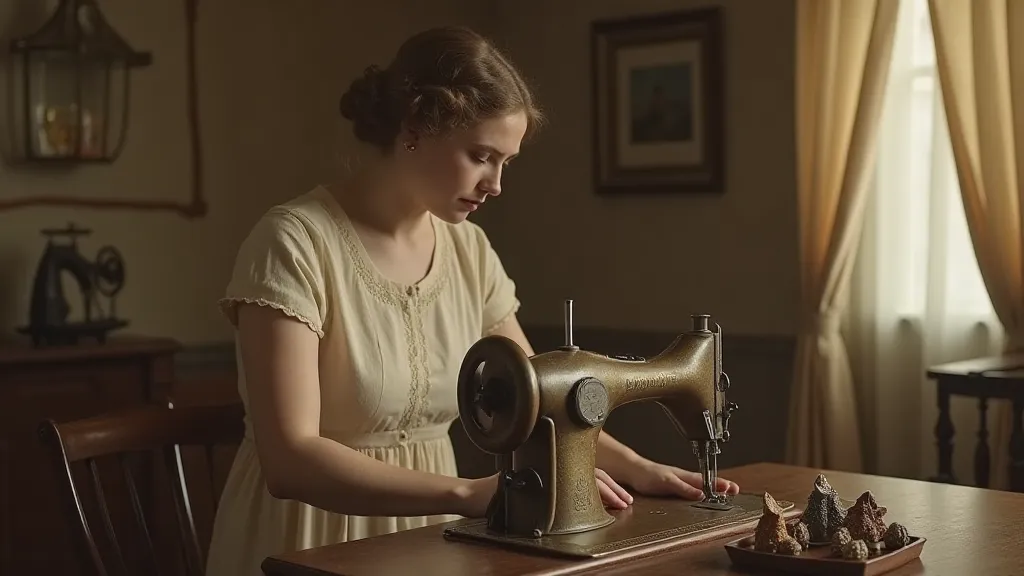
Collecting and Appreciation
For collectors, Art Deco sewing machine feet represent a unique and often overlooked niche. They're not as widely known as other Art Deco collectibles, which often makes them more accessible and affordable. However, identifying genuine Art Deco feet can be challenging, as later reproductions sometimes mimic the style. Careful examination of the metal, the markings (if any), and the overall design is essential.
Beyond their monetary value, these feet hold a deeper significance. They're tangible reminders of a time when craftsmanship was valued, when beauty was incorporated into everyday objects, and when the pursuit of modernity was intertwined with a deep appreciation for design. Holding one in your hand isn't just about appreciating a piece of metal; it’s about connecting to a history of creativity, innovation, and enduring elegance.
Restoring these feet requires a gentle touch. Aggressive cleaning or polishing can damage the delicate surface and remove the patina that has accumulated over decades. Sometimes, the best approach is simply to clean them gently with a soft cloth and appreciate their character and history. They are witnesses to the silent stories of countless garments brought to life.
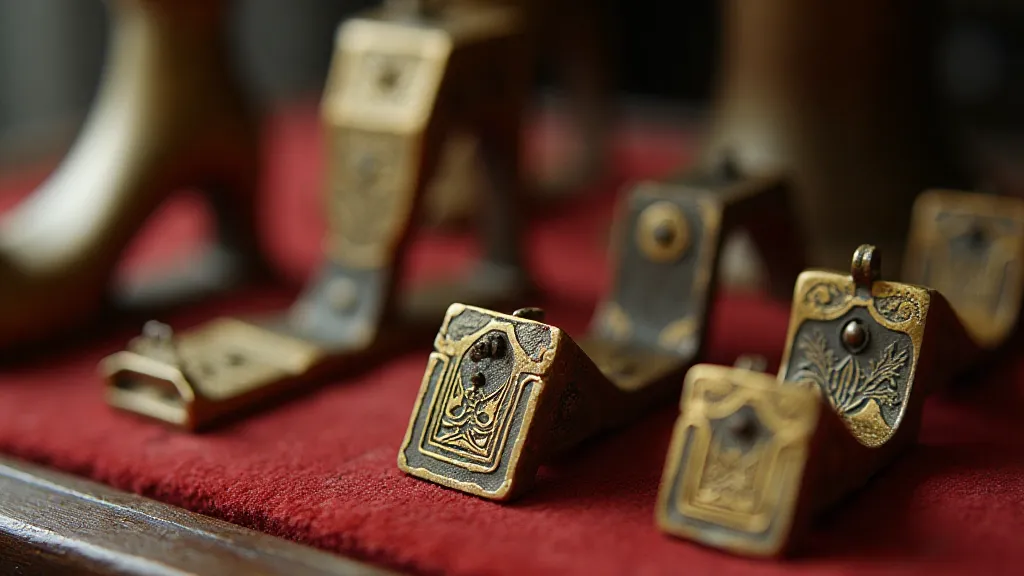
The echoes of elegance from the Art Deco era resonate even today, reminding us of the beauty that can be found in the smallest of details. And these unassuming sewing machine feet, often overlooked and undervalued, offer a unique and intimate connection to a time of unprecedented creativity and style.

